Computer Turned on and Off Then Back on Again Now Not at All
5 fixes when your PC randomly won't turn on
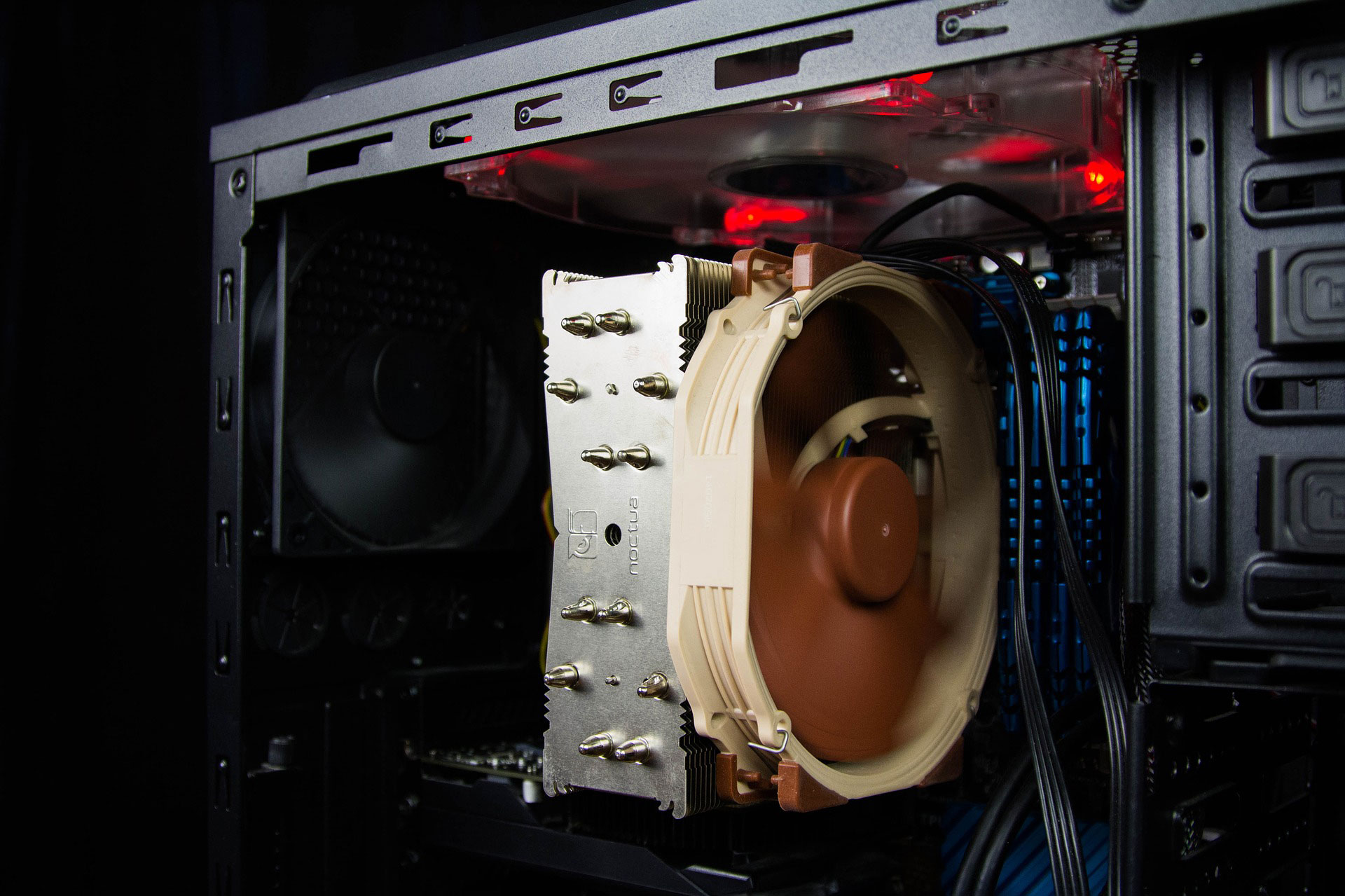
The Complete Guide to PC Gaming
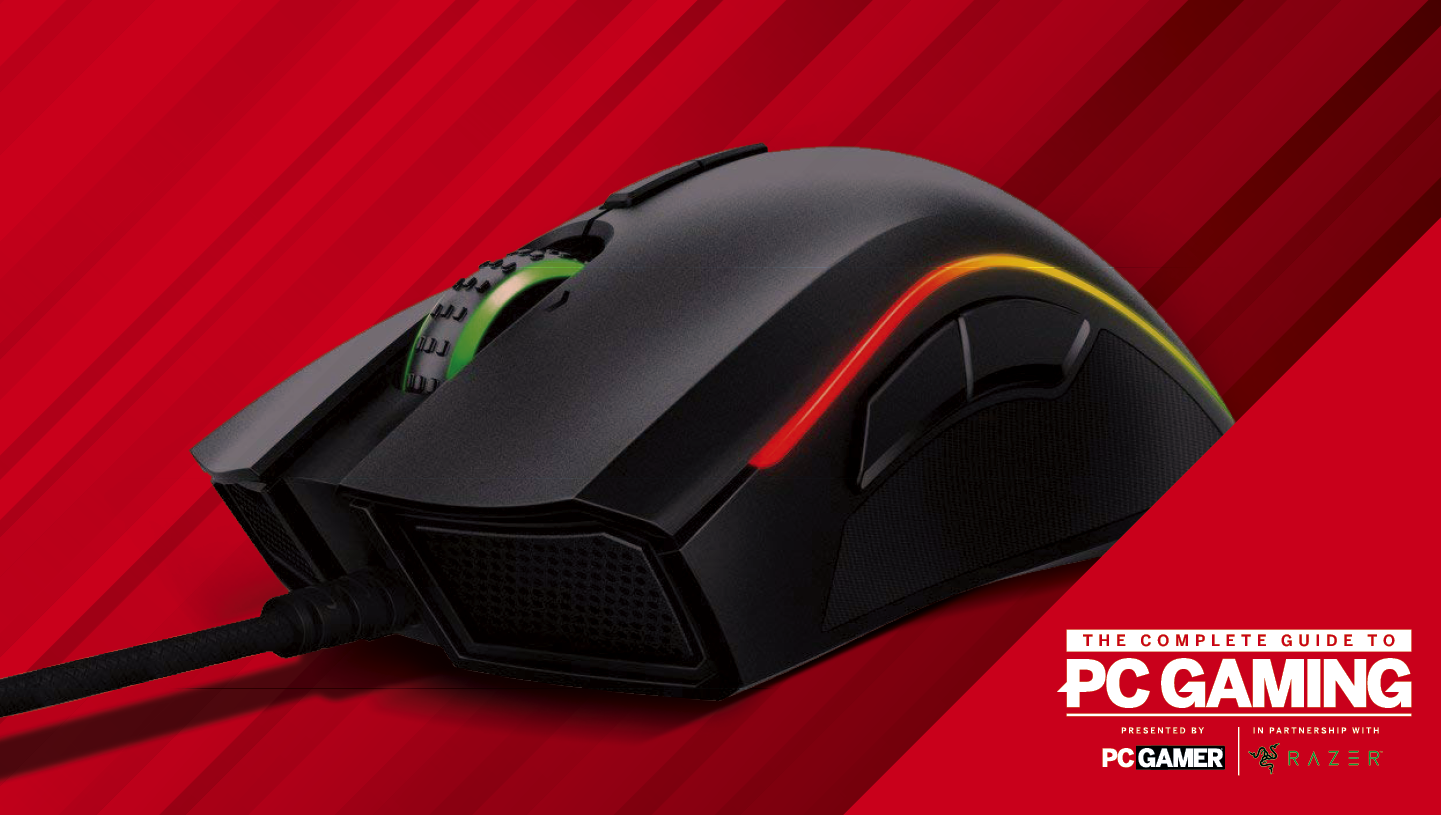
PC Gamer is going dorsum to the basics with a series of guides, how-tos, and deep dives into PC gaming's core concepts that we're calling The Consummate Guide to PC Gaming. At that place's much more to come, and it'due south all being made possible by Razer, which stepped up to support this months-long project. Thank you, Razer!
We already covered some of the mutual reasons why a newly assembled PC might not boot, such as plugging in the forepart panel connectors (and specifically the power switch) incorrectly and missing motherboard standoffs. If you're having an issue with a new build, yous should definitely check that out. Still, it's not ever brand new PCs that can be problematic.
Ane of the worst feelings is when a formerly reliable PC suddenly stops turning on. We take for granted that when nosotros power down our system, information technology will dutifully burn down back up the next time we want to use information technology. Even if you leave your PC running 24/seven, y'all might one 24-hour interval discover that it's turned off and won't come back to life. Either way, it'southward a gut punch, merely not necessarily the end of the world.
There are various reasons why an onetime PC will suddenly not plough on. Tripping over the power string is 1 of them, but unless you sleepwalk, you lot'll know if that's the instance. So, we'll skip that i and bound right into 5 reasons why your old PC will no longer kick.
1. Bank check the surge protector or UPS
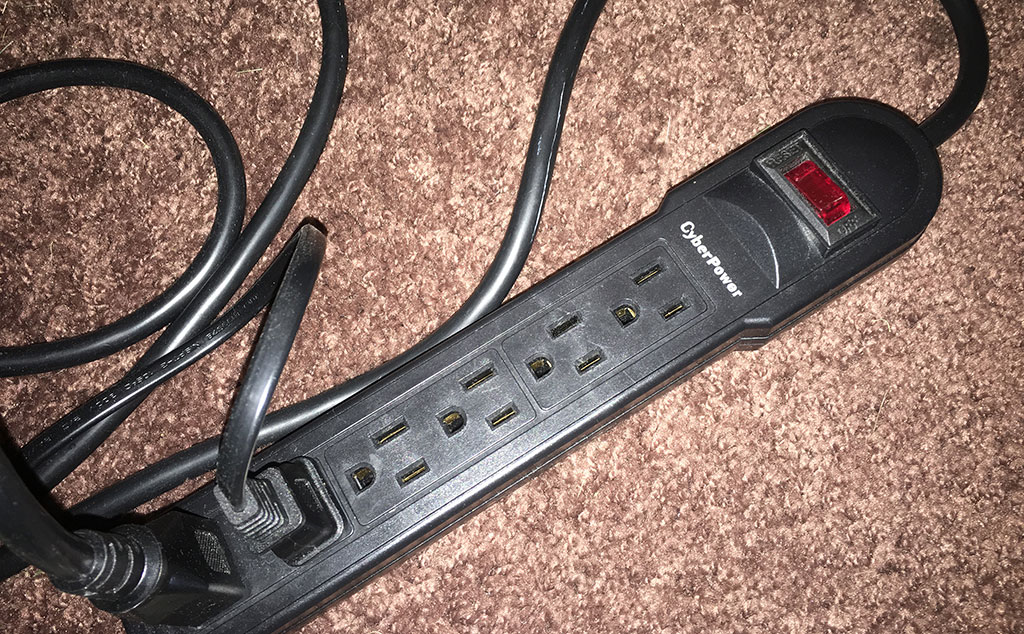
Is your PC plugged into a surge protector or uninterruptible power supply (UPS), otherwise known as a bombardment backup? While this sounds similar the equivalent of asking 'Is it plugged in?' it's actually very easy to overlook, especially if you have pets or kids. Even though the surge protector is plugged into the wall, if the power switched gets accidentally bumped to the off position, your PC is not going to boot no matter how many parts you lot supplant. It's best to check this first before you start ripping hardware (or your hair) out.
The same thing applies after a power outage or lightning tempest. Some power strips with congenital-in surge protection have a reset switch that needs to exist pressed after absorbing a power surge. You can exam if your surge protector or battery backup is the culprit piece of cake enough—just plug a known working electronic into 1 of the sockets, like a lamp, and see if turns on.
2. Change the CMOS bombardment
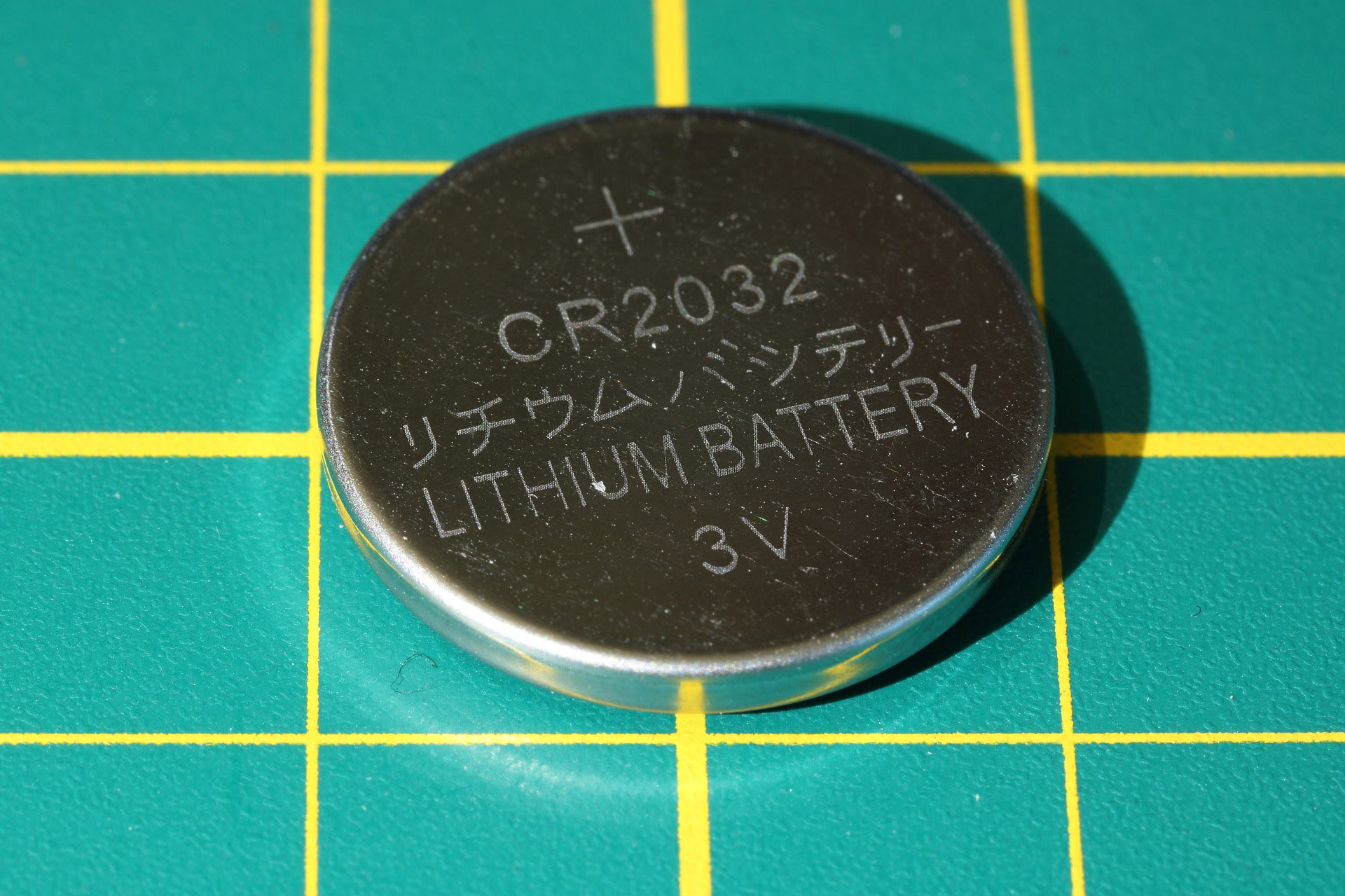
Every motherboard has a CMOS (complementary metallic-oxide semiconductor) bombardment. This is commonly a little CR 2032 3V coin cell bombardment, and is sometimes found sandwiched between PCI Express slots, though information technology can be but well-nigh anywhere (refer to your motherboard manual if you lot tin't notice it). This is what provides backup ability to the CMOS chip and so that it can think the date, fourth dimension, and other settings when the PC is turned off.
In theory, a dead CMOS battery shouldn't prevent your PC from booting, it should mainly simply mess with the time. In practice, nosotros've seen it be the culprit. CMOS batteries typically last a long time, only if you have an older PC that is being stubborn, it only costs a few bucks to buy a new one and swap it out with the potentially expressionless 1. Afterwards y'all do this, and assuming it solves the problem, hop into the BIOS to brand sure none of the settings have been changed.
3. Test the RAM (if you can)
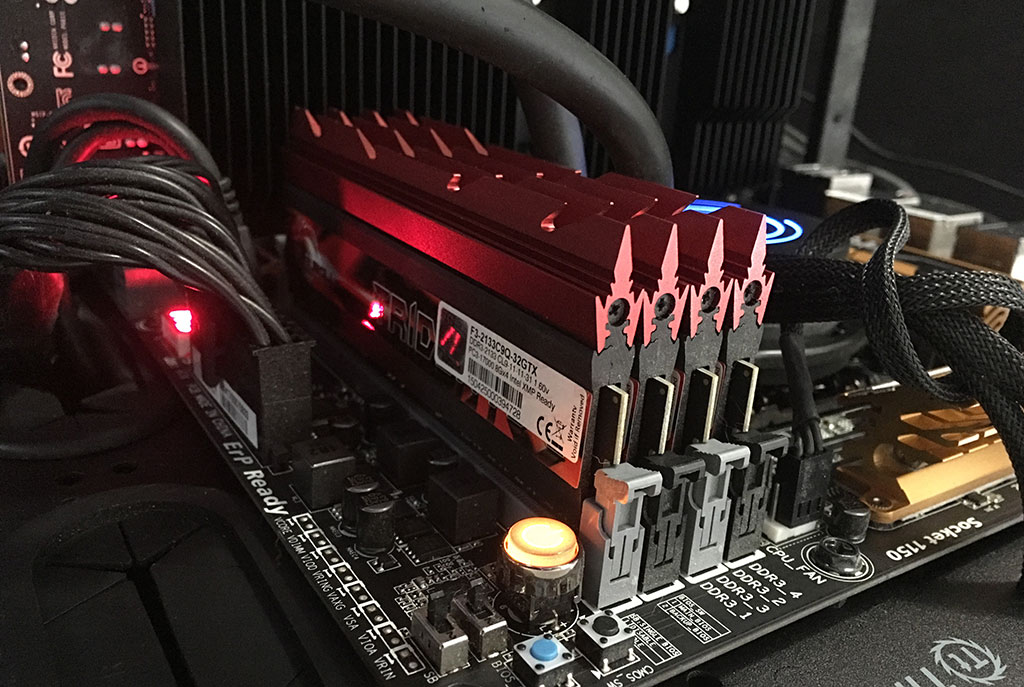
One of the signs that your RAM is to blame for a non-booting PC is one or more seemingly random blue screen of decease (BSOD) errors that preempted your organization's permanently powered off state. If y'all have access to a spare PC with compatible DIMM slots, you lot can test your RAM using Memtest86+, an older but popular diagnostic. While time consuming, it's best to examination 1 module at a time, as information technology's unlikely (though not impossible) that multiple modules suddenly went bad.
Another option, and 1 that is quicker, is to try booting your system with just a single stick of RAM. This only applies if you're using two more retention modules every bit part of a dual-aqueduct or quad-channel kit. If one of the sticks is bad, attempting to kicking with one module at a fourth dimension will narrow downwardly the culprit by process of elimination.
4. Lower the rut
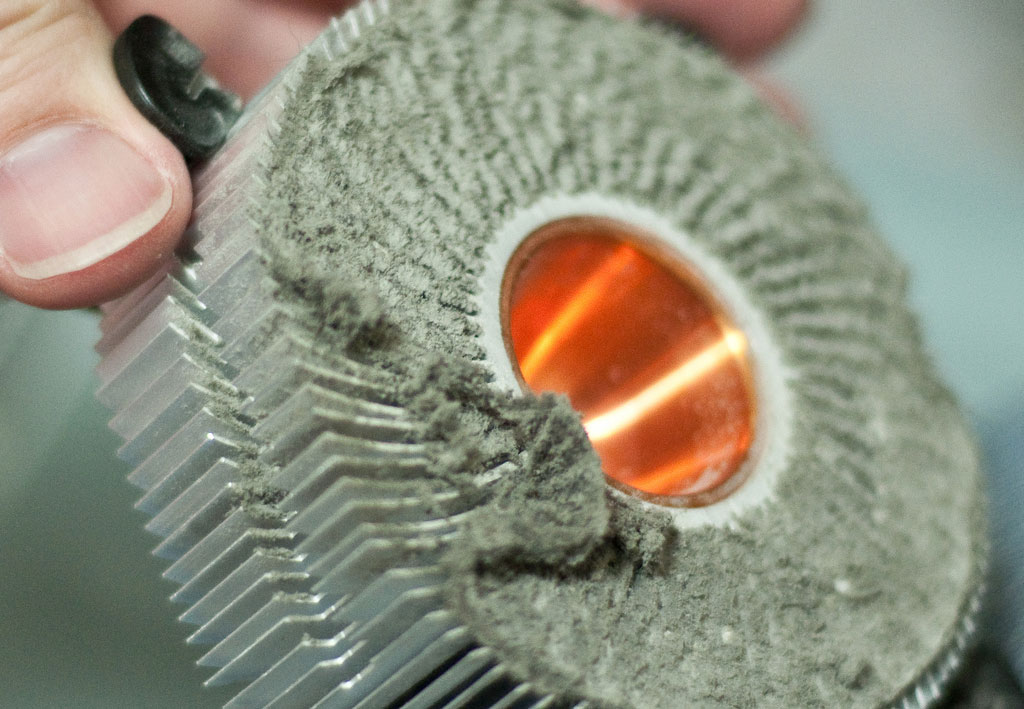
Information technology'southward more than difficult these days to actually fry a processor. Typically a modern arrangement will shut itself off before that happens, and if your PC turns on for a 2nd or two before losing ability once again, information technology could signal that your CPU's temp is rising too high and too quickly.
You lot probably don't need to reseat your CPU libation, not unless your overexcited labrador bumped into your case and jarred things loose. Yet, depending on the age of your PC, it'southward possible the thermal paste between your libation and the CPU'due south integrated heatspreader (IHS) could have stale upwards. Cleaning off the old, crusty paste and applying make new goo tin significantly reduce temps, and potentially revive a non-booting PC.
Don't stop there. While you're at it, now is a practiced time to smash out whatever dust bunnies that might accept taken residence in your PC. A few blasts from a can of compressed air will do the fox. This is especially important on fans and heatsinks. Dust that builds on either tin can act as a shield against proper airflow.
5. Dial dorsum the overclock
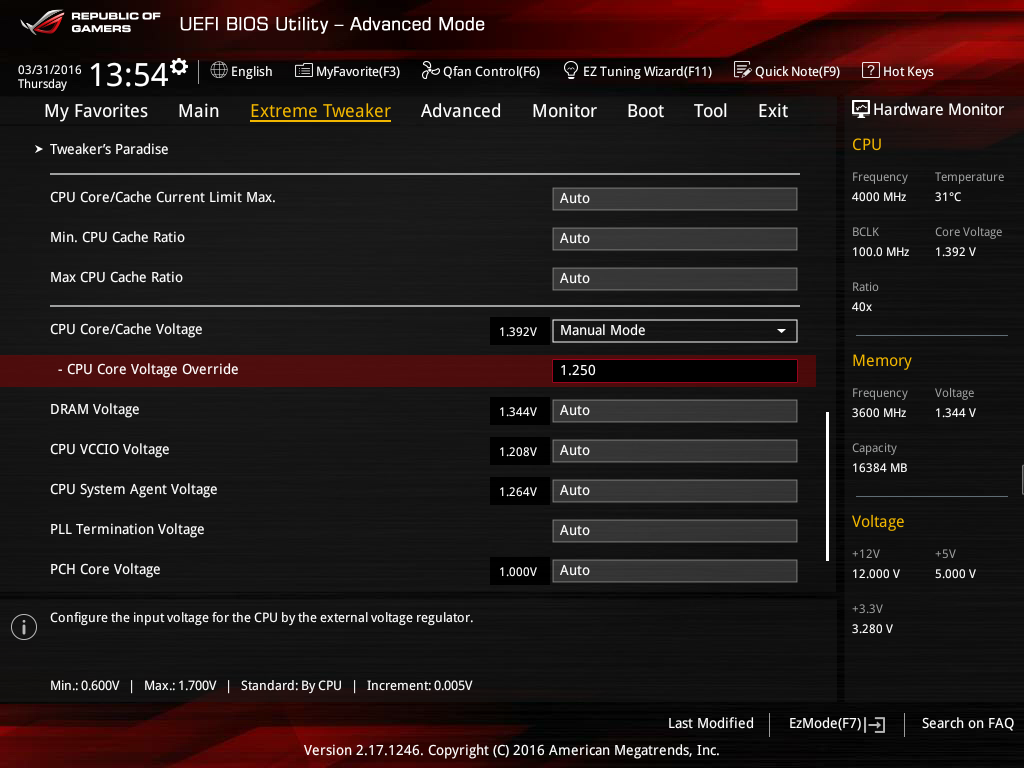
Overclocking is a funny thing. Everything can seem fine one twenty-four hours, and and so the next day you're correct dorsum to retesting settings to find a stable OC. An overclock that is as well aggressive can stop your PC expressionless in its tracks. This is truthful even if everything seemingly worked fine before.
If you're able to go into the BIOS, go in in that location and dial things down, or revert to stock settings to meet if that does trick. Entering the BIOS is not always possible. I had an older Gigabyte motherboard that was finicky with overclocked settings and would play dead any time I shut it off. The only recourse was to articulate the CMOS and then that the manufacturing plant settings would be reapplied. Some motherboards take a button that makes this easy, others crave petty with a jumper. Consult your motherboard transmission on how to do this on your specific mobo.
Ane give-and-take of caution: If you're running 2 more drives in RAID, resetting your BIOS can destroy the RAID assortment if you don't go back in and select RAID. The default setting is typically IDE or AHCI. Be certain to set this back to RAID if that's how your boot drive is configured.
Source: https://www.pcgamer.com/5-fixes-when-your-pc-randomly-wont-turn-on/